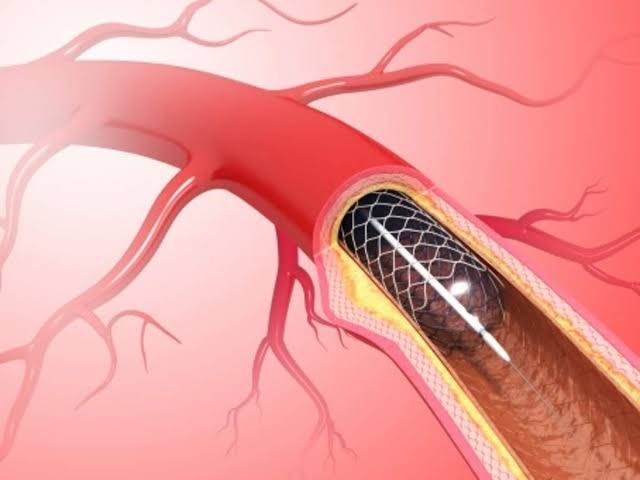One of the most crucial requirements of the medical industry is that all medical equipment must be disease-free. But does that really happen?
Recently, researchers used nanoparticles to find the presence of deadly microbes in many medical pieces of equipment like catheters.
These microbes can cause very grave infection and can be a death threat for many. So there has to be a way to make these medical supplies disease-free.
Candida albicans are the most commonly found microbes in regular human implants like catheters. While they cannot cause much damage to a healthy individual, they can become deadly from someone already ill since they have a susceptible immune system.

These microbes make use of a biofilm to spread the infection. In other words, they use the catheter as a source to spread the disease in the rest of the body.
However, the rate can be reduced if the infection is identified at an early stage. However, the infection detection mechanism required to identify a breakdown of this sort is lacking.
The researchers suggest a different alternative, what if it was possible to detect the early stage of the colonization itself? The researchers tried to identify the effects of organosilica nanoparticles of different concentrations and sizes.
Additionally, the surface coating of the pieces of equipment must also be studied to understand whether that have encountered with both C. Albicans or white immune cells.
The research showed that though nanoparticles lead to the development of a fungal infection, they are absolutely non-toxic in nature. Check the company website for medical supplies that keep you protected from radiation.
Since they don’t destroy the microbe, it can be used to create an antifungal drug. Now that is some good news. We can finally harvest our worst fears into elements that can be of help to us.











